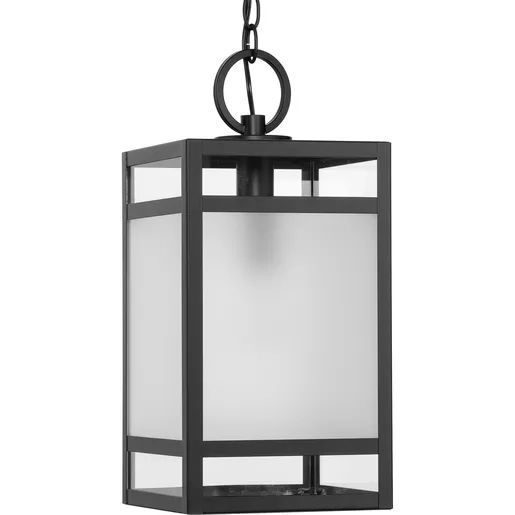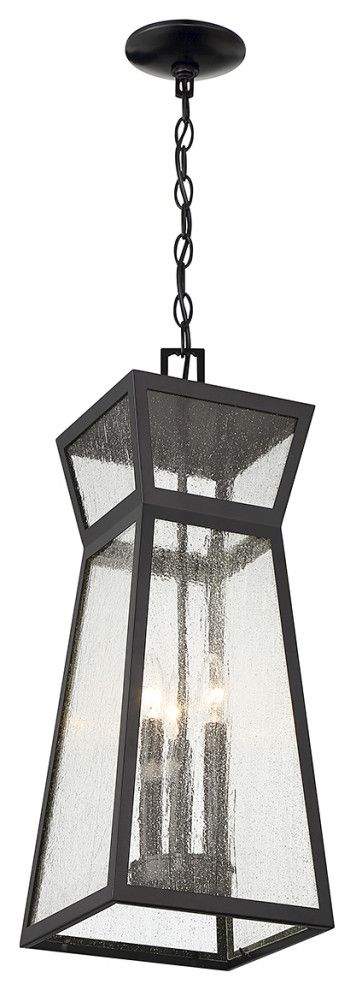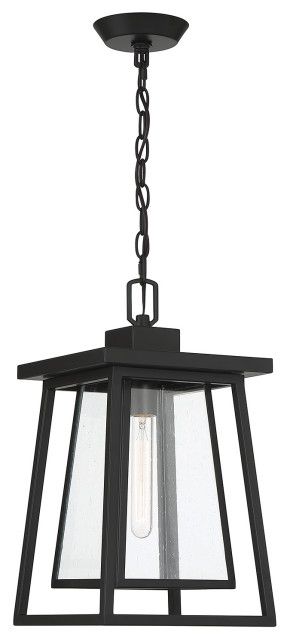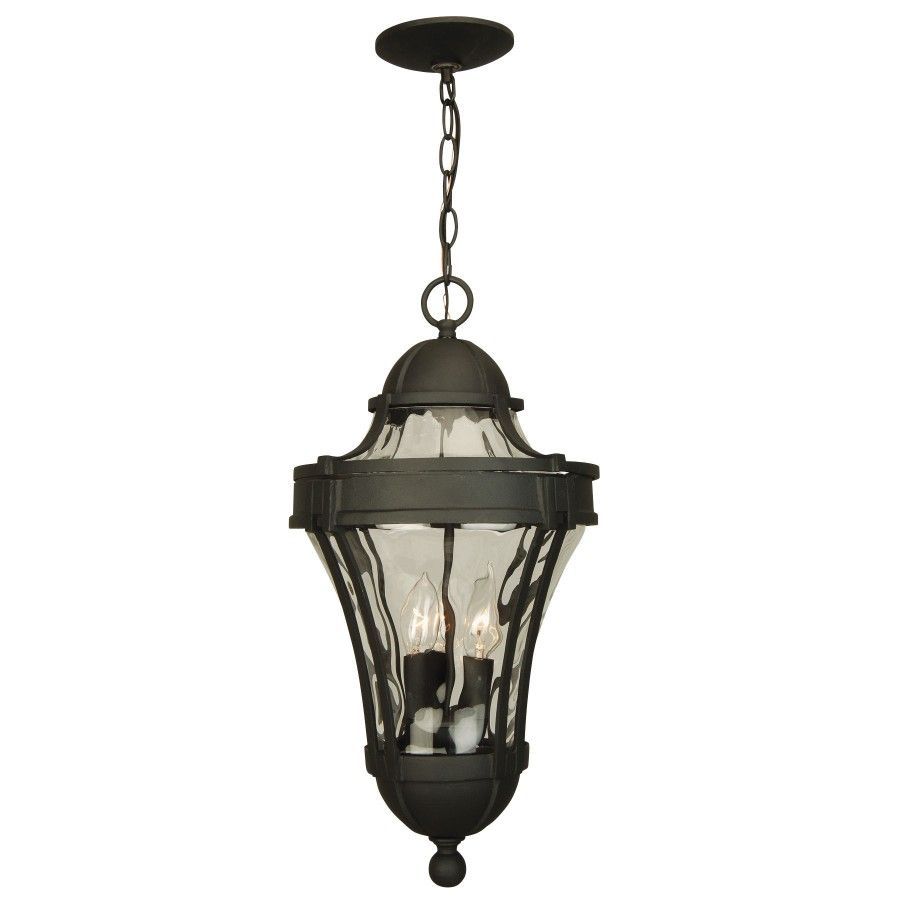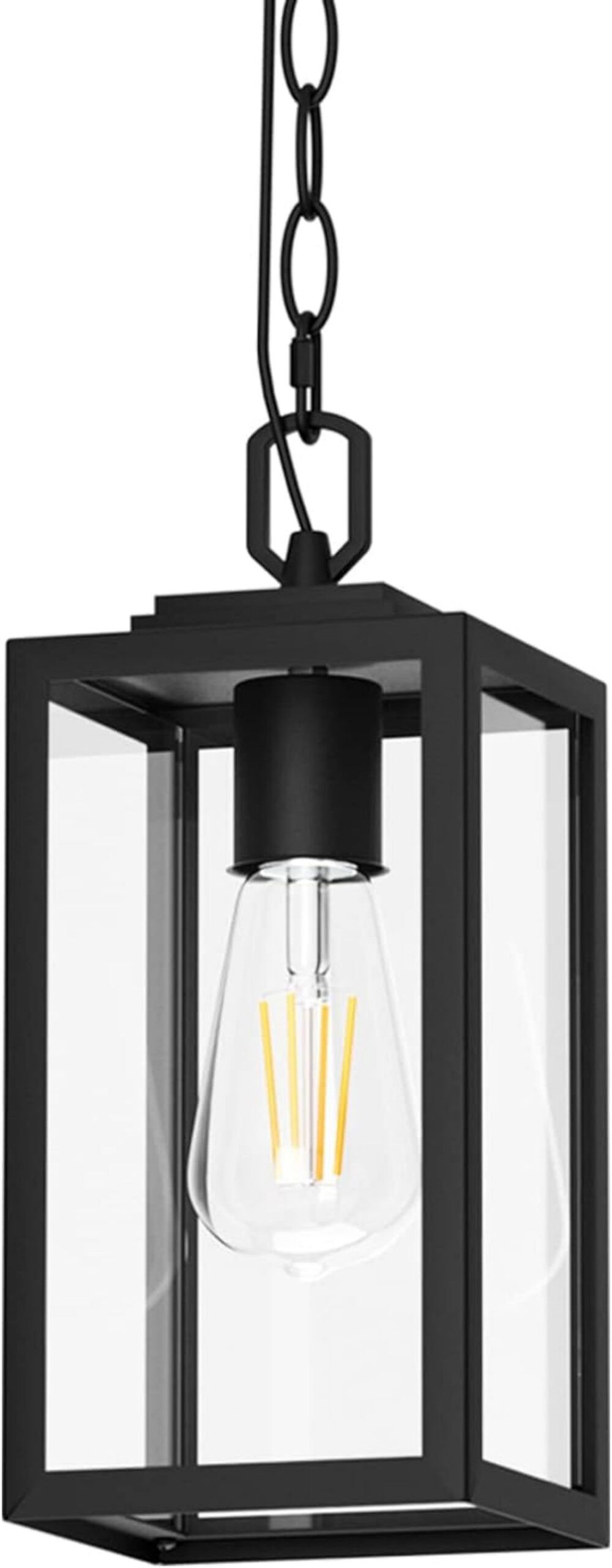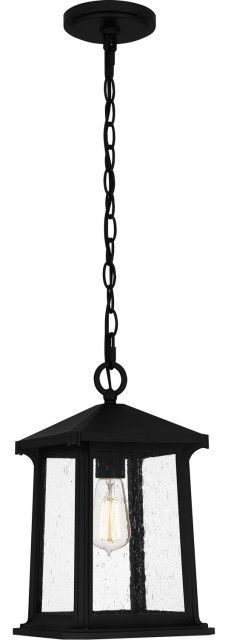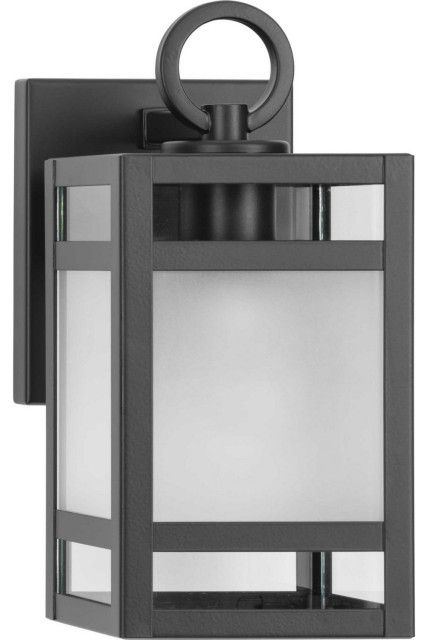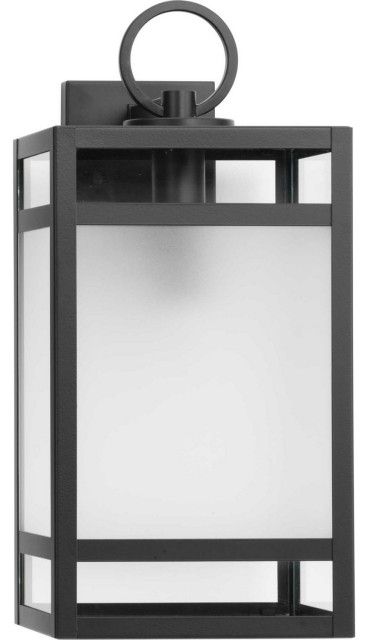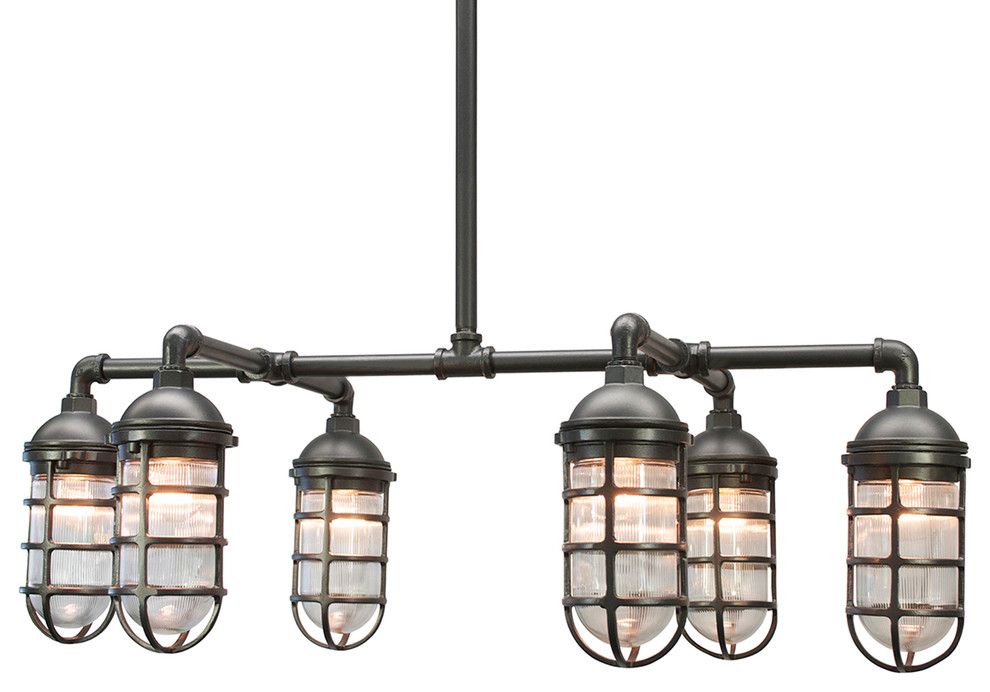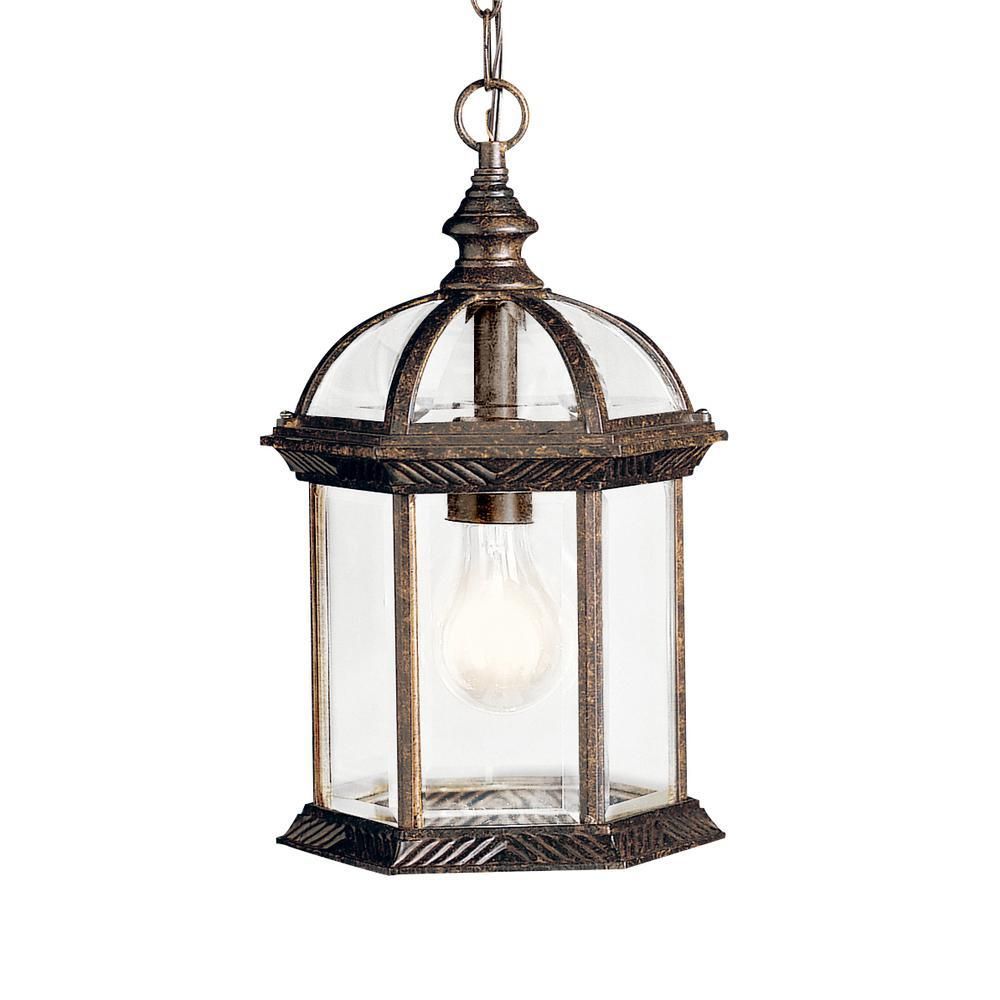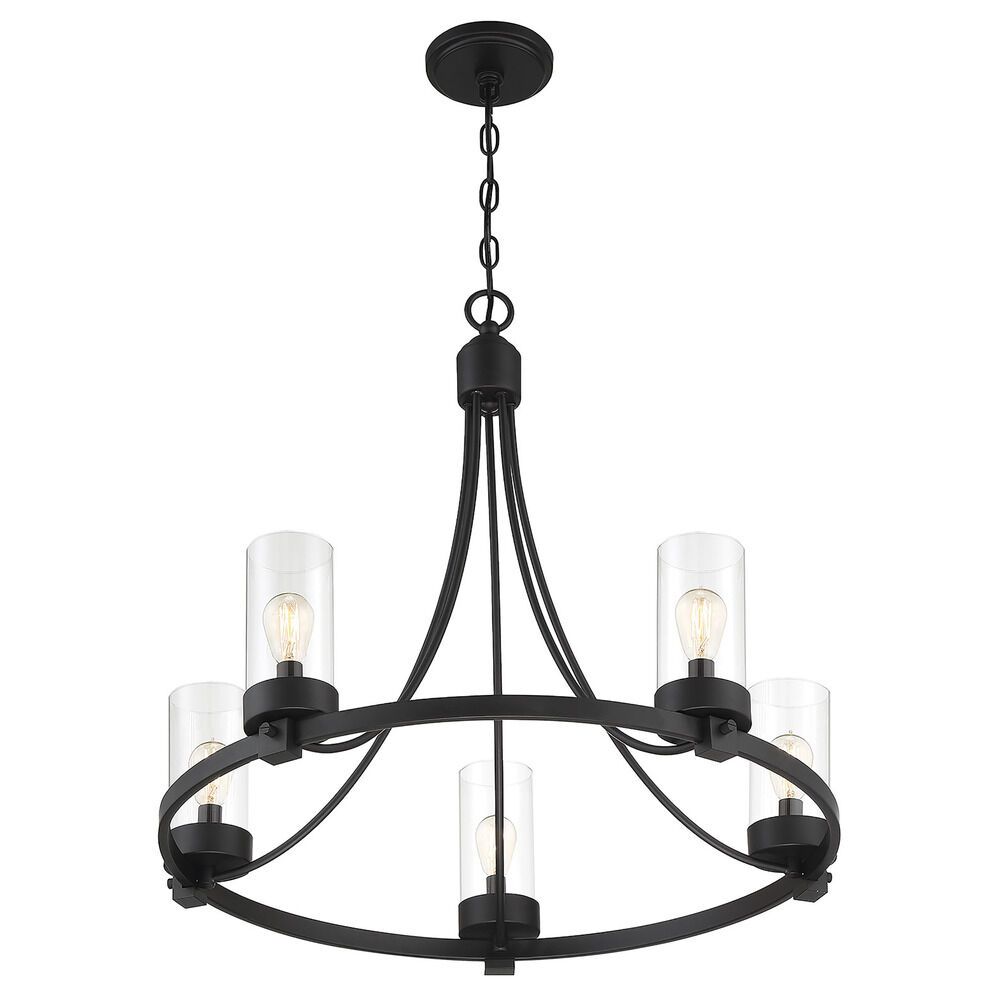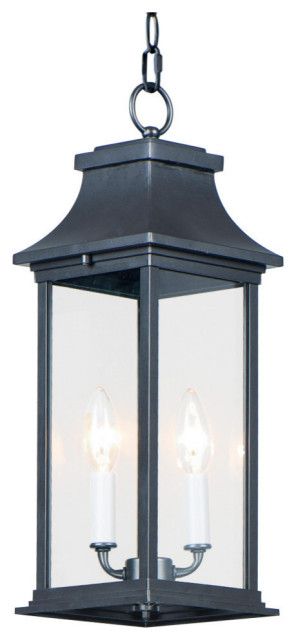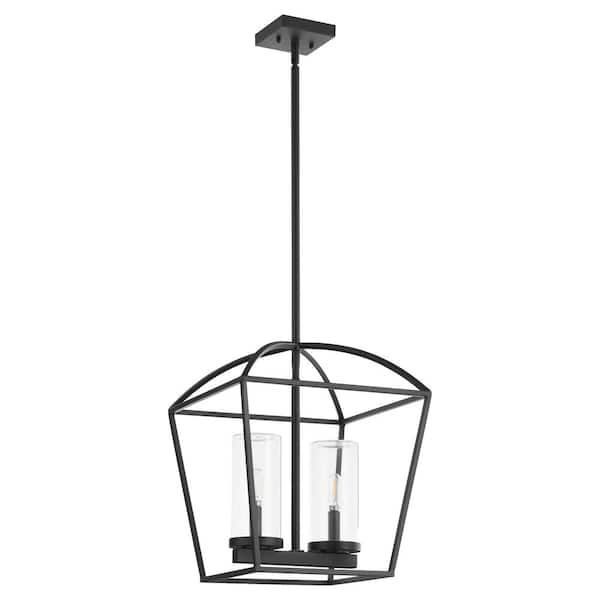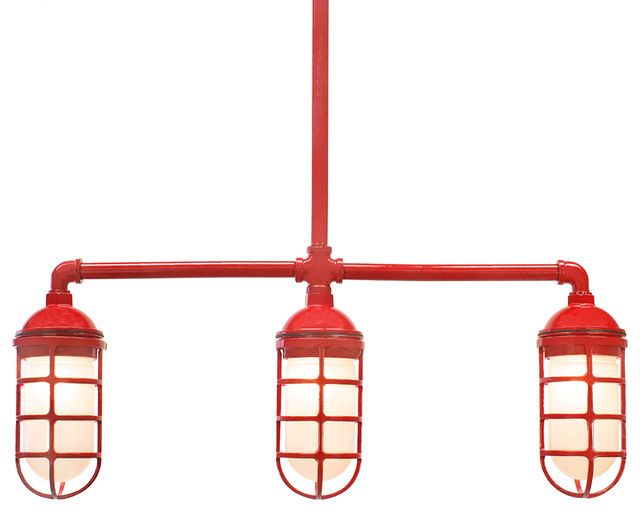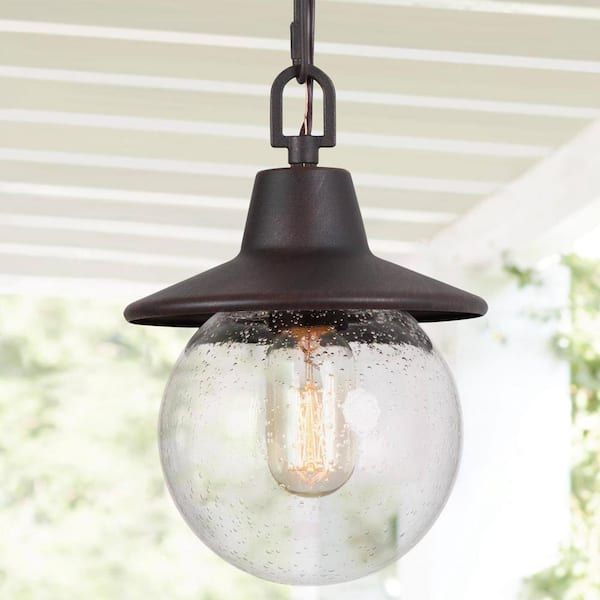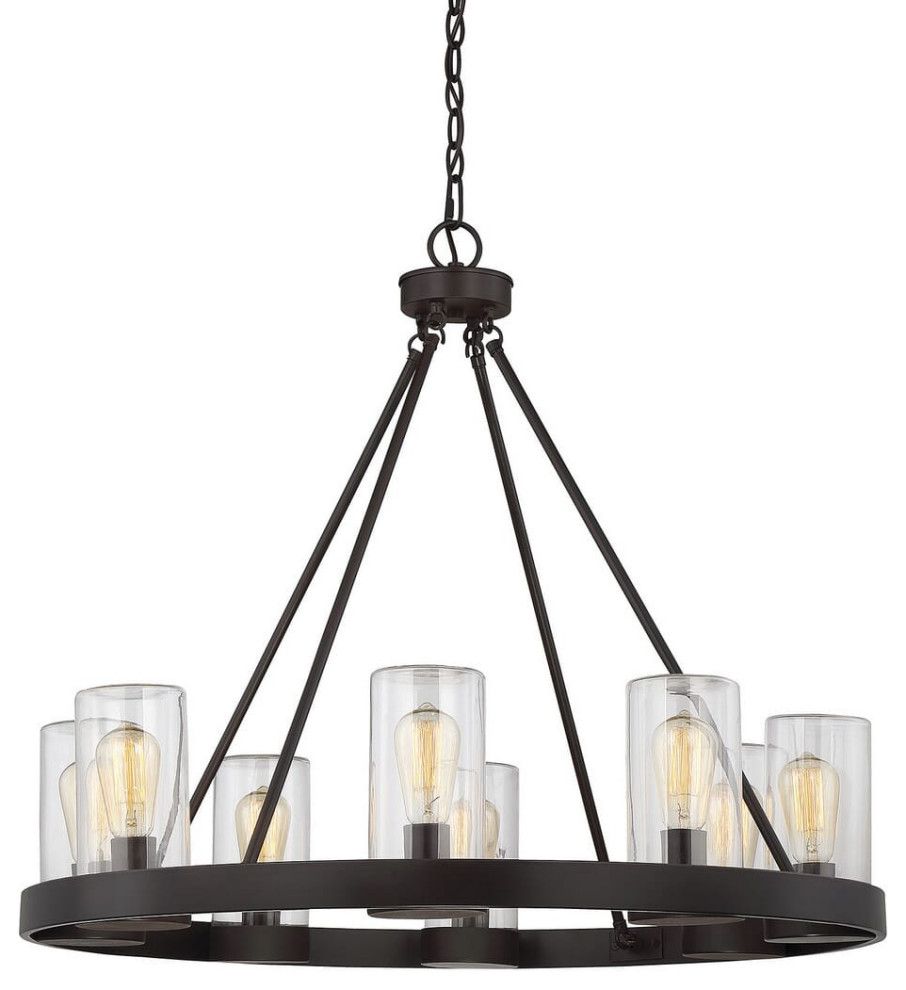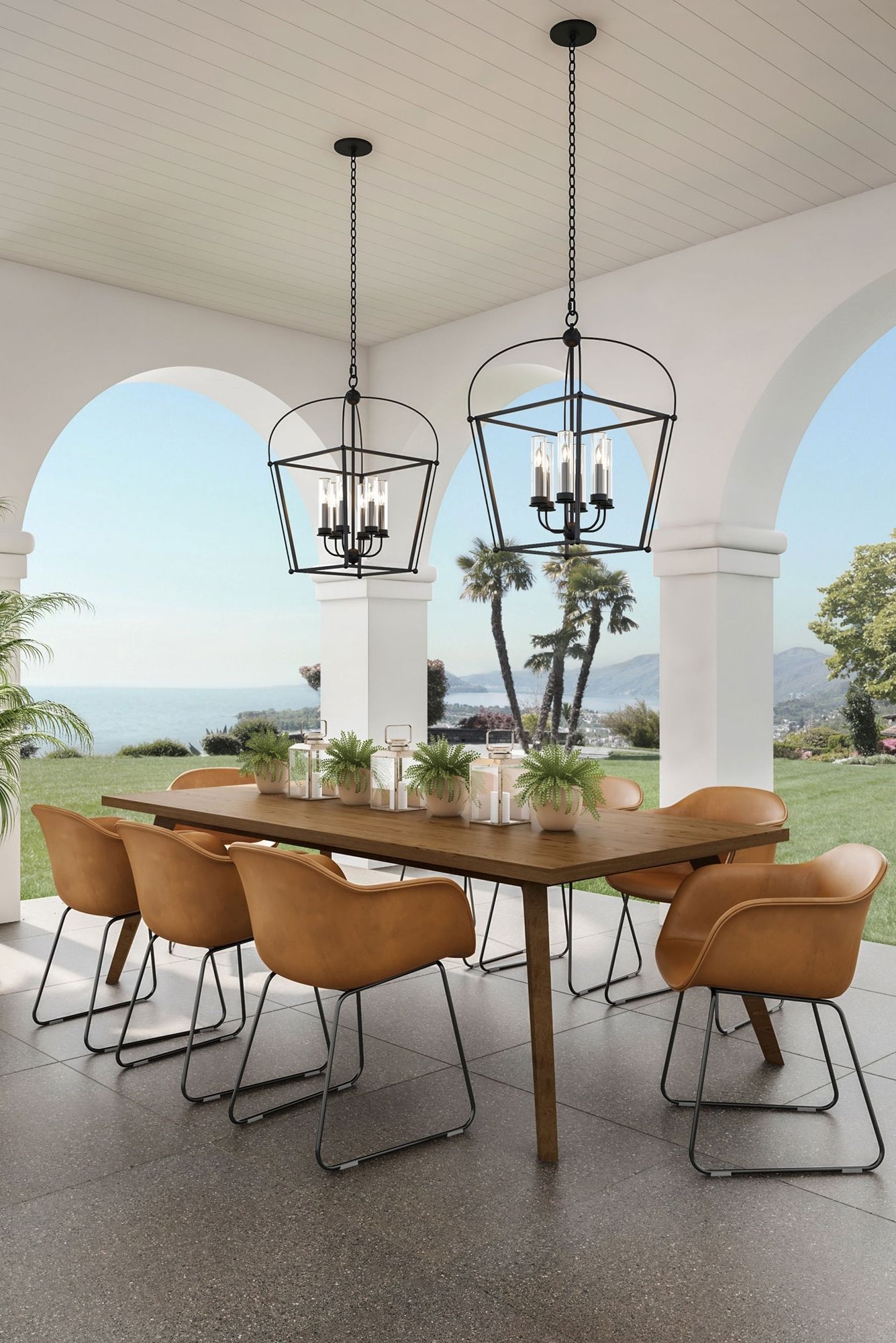Choosing the right light bulbs can feel overwhelming, can’t it? With so many options – LED, CFL, incandescent – and a whole alphabet soup of terms like lumens, watts, and color temperature, it’s easy to get lost. But fear not. This guide is here to illuminate the path, helping you make informed decisions that save energy, reduce your bills, and create the perfect ambiance for your home. We’ll cut through the jargon and provide you with practical tips and real-world examples to make your lighting choices a breeze.
Lighting is something we often take for granted. We flip a switch, and poof – instant illumination. But have you ever stopped to think about the impact those little bulbs have on your energy consumption, your comfort, and even your mood? In today’s world, where sustainability and cost-effectiveness are more important than ever, understanding light bulbs is a crucial step towards a greener and more budget-friendly lifestyle. And in this article, we’re going to dive deep into the world of light bulbs, explore the various types available, and equip you with the know-how to make the best choices for your home and your wallet and the world, too. Let’s get started!
Understanding the Basics: Watts vs. Lumens and Beyond
First things first, let’s talk about the language of light. Forget everything you think you know about watts. Watts measure energy consumption, not brightness. The brightness of a light bulb is measured in lumens. Think of it this way: the higher the lumens, the brighter the light.
Here’s a simple table to help you understand the relationship between watts and lumens:
- Incandescent Bulb: 60 watts = approximately 800 lumens
- LED Bulb: 8-12 watts = approximately 800 lumens
- CFL Bulb: 13-15 watts = approximately 800 lumens
See how much more energy-efficient LEDs and CFLs are? They provide the same brightness using significantly fewer watts.
Beyond Lumens:
- Color Temperature (Kelvin – K): This measures the ‘warmth’ or ‘coolness’ of the light. Lower Kelvin numbers (2700K-3000K) are warmer (yellowish) and better for living rooms and bedrooms. Higher Kelvin numbers (3500K-5000K) are cooler (bluish) and suitable for kitchens, bathrooms, and workspaces.
- Color Rendering Index (CRI): This measures how accurately a light bulb displays colors. A CRI of 80 or higher is generally considered good.
Now, armed with this knowledge, you can start making more informed choices. Don’t just grab the first bulb you see; look at the lumens and color temperature to suit your needs.
LEDs: The Champions of Efficiency and Longevity
LEDs (Light Emitting Diodes) have revolutionized the lighting world. They’re the clear winner in terms of energy efficiency and lifespan. LEDs use up to 75% less energy than incandescent bulbs and last up to 25 times longer. That means fewer bulb changes and significant savings on your electricity bill.
Here are some of the key advantages of LEDs:
- Energy Savings: Drastically reduces your electricity bill.
- Long Lifespan: Lasts for years, reducing the need for replacements.
- Environmentally Friendly: Contain no mercury and produce less heat, so they’re safer for the planet and for you.
- Instant On: No warm-up time; they light up immediately.
- Versatile: Available in a wide range of shapes, sizes, color temperatures, and dimmable options.
Real-World Example: Imagine you replace ten 60-watt incandescent bulbs in your home with 9-watt LEDs. Assuming you use them for 3 hours a day, you could save around $100 – $150 a year on your electricity bill, and that’s just for one year! This is a very good example.
CFLs: A Budget-Friendly Alternative
CFLs (Compact Fluorescent Lamps) are another energy-efficient option, though they are less popular now. They use significantly less energy than incandescent bulbs and have a longer lifespan.
Things to consider with CFLs:
- Mercury Content: CFLs contain a small amount of mercury, so they require special disposal. Check your local regulations.
- Warm-up Time: CFLs may take a few seconds to reach full brightness.
- Dimming Compatibility: Not all CFLs are dimmable, so be sure to check the packaging.
CFLs can still be a good choice if you’re on a tight budget and want to save energy, but keep the disposal consideration in mind.
Incandescent Bulbs: The Past (and Why You Should Rethink Them)
Incandescent bulbs are the traditional bulbs we’ve all grown up with. However, they’re the least energy-efficient option. They convert most of their energy into heat rather than light, making them a costly choice. Due to their inefficiency, incandescent bulbs are being phased out in many regions.
Why you should move away from incandescent bulbs:
- High Energy Consumption: They use significantly more energy than LEDs and CFLs.
- Short Lifespan: They burn out quickly, requiring frequent replacements.
- Heat Production: They generate a lot of heat, which can be a safety hazard.
Unless you have a specific aesthetic reason (such as for a vintage fixture) or a very limited budget, upgrading to LEDs or CFLs is highly recommended.
Choosing the Right Bulb for the Right Space
The type of bulb you choose should depend on the space and its purpose. Here’s a quick guide:
- Living Room: Warm white (2700K-3000K) LEDs or CFLs for a cozy atmosphere. Consider dimmable options.
- Kitchen: Bright white (3500K-4000K) LEDs or CFLs for task lighting and general illumination. Look for bulbs with a high CRI for accurate color rendering.
- Bedroom: Warm white (2700K-3000K) LEDs for a relaxing environment. Dimmable bulbs are a great option here, too.
- Bathroom: Bright white (3500K-4000K) LEDs or CFLs. Ensure the bulbs are rated for damp locations if used near water.
- Home Office: Cool white (4000K-5000K) LEDs for better focus and productivity.
Don’t forget about the fixture itself. Some fixtures may only accept certain bulb shapes or sizes. Always check the fixture’s specifications before purchasing bulbs.
Actionable Tips for a Brighter, More Efficient Home
Ready to put your new knowledge into action? Here are some practical tips:
- Replace Old Bulbs: Start by replacing incandescent bulbs with LEDs or CFLs. This is the single biggest step you can take.
- Use Dimmers: Dimmers allow you to adjust the brightness and save energy. They’re especially effective with LEDs.
- Take Advantage of Natural Light: Open your curtains and blinds during the day to maximize natural light.
- Turn Off Lights: Get into the habit of turning off lights when you leave a room. This is especially important.
- Consider Smart Bulbs: Smart bulbs offer additional features such as remote control, scheduling, and color changing. While they cost more upfront, they can add convenience and energy savings.
- Read the Labels: Always check the packaging for lumens, color temperature, CRI, and energy efficiency information. The label is your friend!
Choosing the right light bulbs is more than just a matter of flipping a switch; it’s about making smart choices that benefit your wallet, your home, and the planet. By understanding the differences between bulb types, considering your space’s needs, and following the practical tips outlined in this guide, you can transform your home into a brighter, more energy-efficient haven. So, take the leap, start replacing those old bulbs, and enjoy the benefits of a well-lit and sustainable lifestyle. Your future self will thank you. And remember, every small step towards energy efficiency makes a big difference. Now, go forth and illuminate the world!
